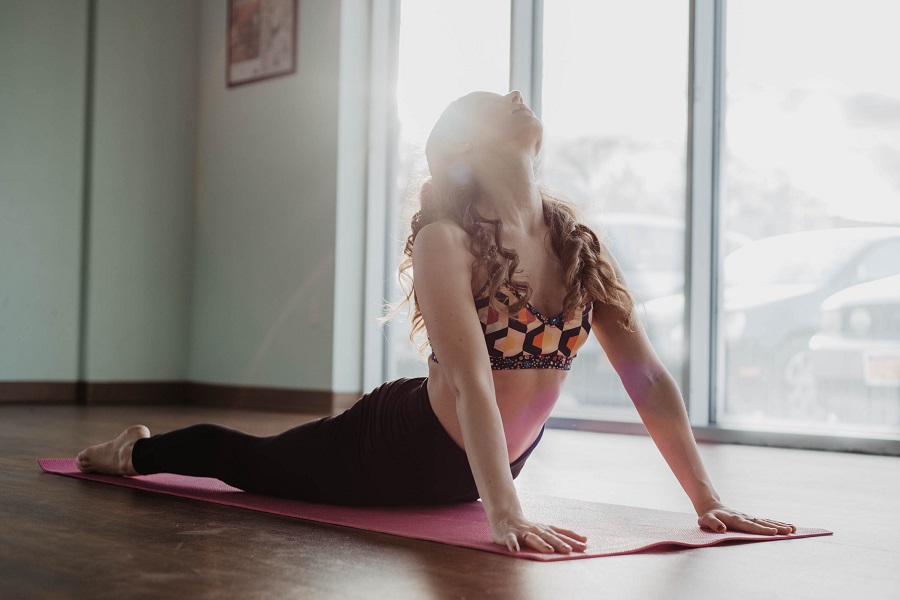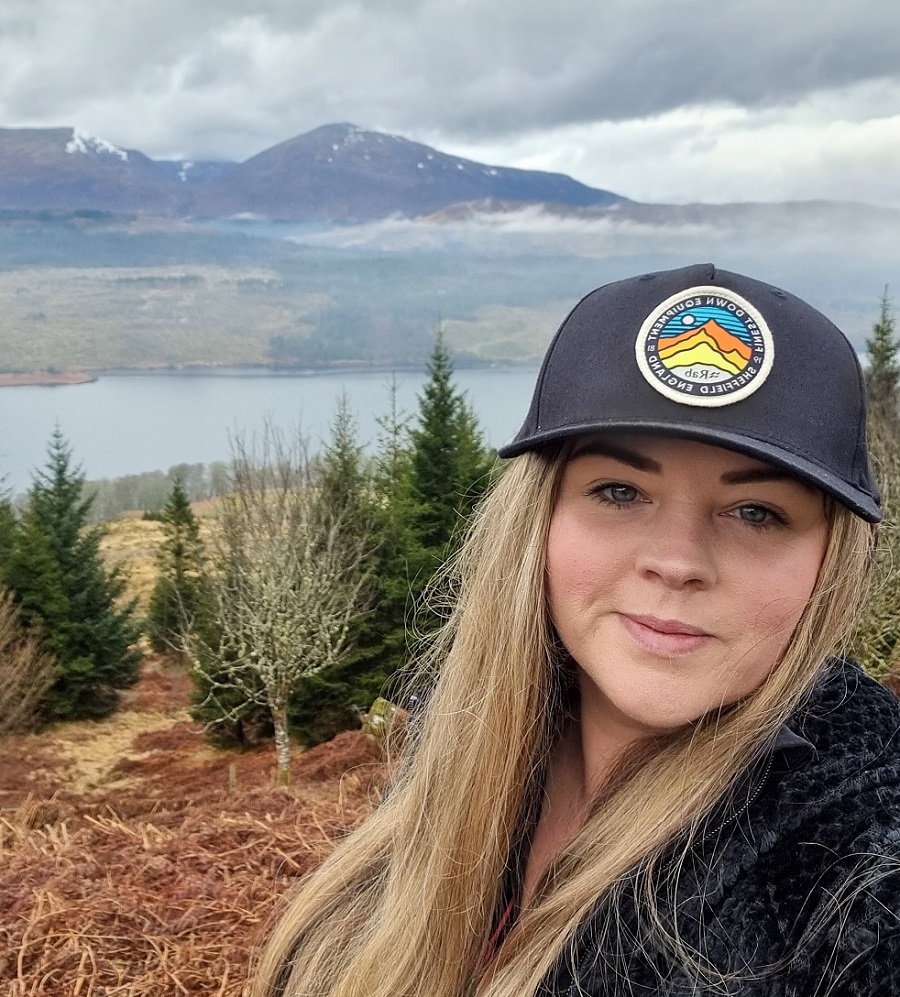
Roll out that mat, take a deep breath, and let’s dive into a Pilates session right in the cosy confines of your living room! If you’ve ever thought you need a swanky studio or fancy equipment to get a solid Pilates workout, think again. Our 10-minute routine is about to change the game. From core-crunching moves to flexibility-flowing stretches, we’ve got the perfect blend to get you toned, tightened, and grinning from ear to ear.
So, whether you’re squeezing in a morning workout before that Zoom meeting or winding down after a day’s adventure, this home-based Pilates plan is your ticket to fun and fitness. Ready to feel the benefits of Pilates? Let’s get started, here is a 10 minute Pilates at Home Workout for Beginners.
First, Warm-up
Starting a Pilates session without a proper warm up is like diving into deep waters without testing the temperature first. Given Pilates’ focus on controlled movements and deep muscular engagement, a warm up aids in preparing both the body’s superficial and core muscles for the exercises ahead.
By gradually increasing circulation, it ensures muscles are oxygenated and joints are lubricated, significantly reducing the risk of strains or injuries.
Spend 1 minute either jogging on the spot or doing star jumps to warm up your muscles, then start with some deep breaths, inhaling through the nose and exhaling through the mouth, followed by some gentle neck and shoulder rolls to get the body prepared.
1. Leg Raises
2 minutes
This move targets the lower abdominals, improving core stability. Additionally, it engages the hip flexors and promotes better leg coordination.
How:
- Lie flat on your back with your arms at your sides
- Engage your core
- Keep one leg straight and grounded while lifting the other leg to a 45-degree angle
- Slowly lower it back down and switch to the other leg
Ensure your lower back is pressed to the mat and avoid arching it as you lift your leg.
Alternate legs for 2 minutes. Aim for a controlled and steady pace.
2. All fours
2 minutes
This movement challenges core stability, promotes cross-body coordination, and strengthens both the upper and lower body. It also aids in improving balance and posture.
How:
- Begin on your hands and knees, ensuring wrists are aligned under shoulders and knees are under hips
- Engage your core and maintain a neutral spine
- Extend your right arm forward and simultaneously stretch your left leg back until both are parallel to the ground
- Return to the starting position and repeat with the opposite arm and leg, extending the left arm and right leg
As you extend, ensure a continuous line from the tips of your fingers to the tips of your toes. Keep your spine neutral and avoid arching or rounding the back.
Alternate for 2 minutes. Focus on balance and controlled movement.
3. Back stretch / swimming
2 minutes
This exercise offers a full-body workout, strengthening the back, shoulders, glutes, and hamstrings. It also challenges coordination and promotes a strong and stable core.
How:
- Lie flat on your stomach with your arms extended in front of you and legs straight behind
- Keeping your neck neutral, lift your arms and legs off the floor
- For more advanced movement, lift your right arm and left leg a few inches off the ground simultaneously
- Alternate by lifting your left arm and right leg, moving in a controlled “swimming” motion
Engage your core to protect the lower back, and keep the movements steady and controlled. Your gaze should be downward to ensure the neck remains aligned with the spine.
Keep a rhythmic and steady pace for 2 minutes, this can be broken into shorter bursts.
4. Side dip and reach
1 minute each side
Hip dips target the obliques, strengthening the side muscles of the abdomen. They also challenge shoulder stability and enhance core strength and coordination. After completing the repetitions on the right side, switch to the left to ensure balanced muscle engagement.
How:
- Begin in a side plank position with your right hand directly underneath your right shoulder and your left foot stacked on top of the right
- Ensure your body forms a straight line from head to heels
- Dip your hips down toward the ground, then powerfully lift them back up to the starting position
Keep your core engaged throughout to maintain stability. Ensure that your shoulder remains directly above your wrist to avoid undue strain.
Perform for 1 minute on the right side. Switch and complete 1 minute on the left side.
5. Leg Kick Ups
1 minute each leg
This exercise primarily targets the glute muscles, helping in toning and strengthening the buttocks. It also engages the lower back and hamstrings, promoting better posterior chain coordination and strength.
How:
- Start on all fours with your hands directly beneath your shoulders and knees under your hips
- Engage your core to maintain a neutral spine
- Keeping your knee bent at a 90-degree angle, powerfully kick one leg up and back, driving your heel towards the ceiling
- Lower it back down with control and switch to the other leg, alternating between the two
Alternate legs for 2 minutes. Prioritise form and control over speed.
It’s essential to ensure your spine remains neutral throughout the movement, avoiding any arching or rounding of the back. Keep your gaze directed downwards and neck aligned with the spine.
Pilates at home accessories
Your pilates at home workout required no equipment, however, here are some editor recommend acessories to level up your routine.

From scaling mountain peaks to savouring exotic flavours, I’m a passionate explorer with an insatiable appetite for adventure and good food. As an Outdoor Adventure and Travel Editor, I’m constantly seeking new experiences that ignite my senses and broaden my horizons. Through my blog, I share captivating travel tales, mountain-tested advice, healthy food inspiration, and training tips to empower fellow adventurers on their own journeys of discovery.
Follow Sam’s adventures on Instagram @sams_adventures_x





